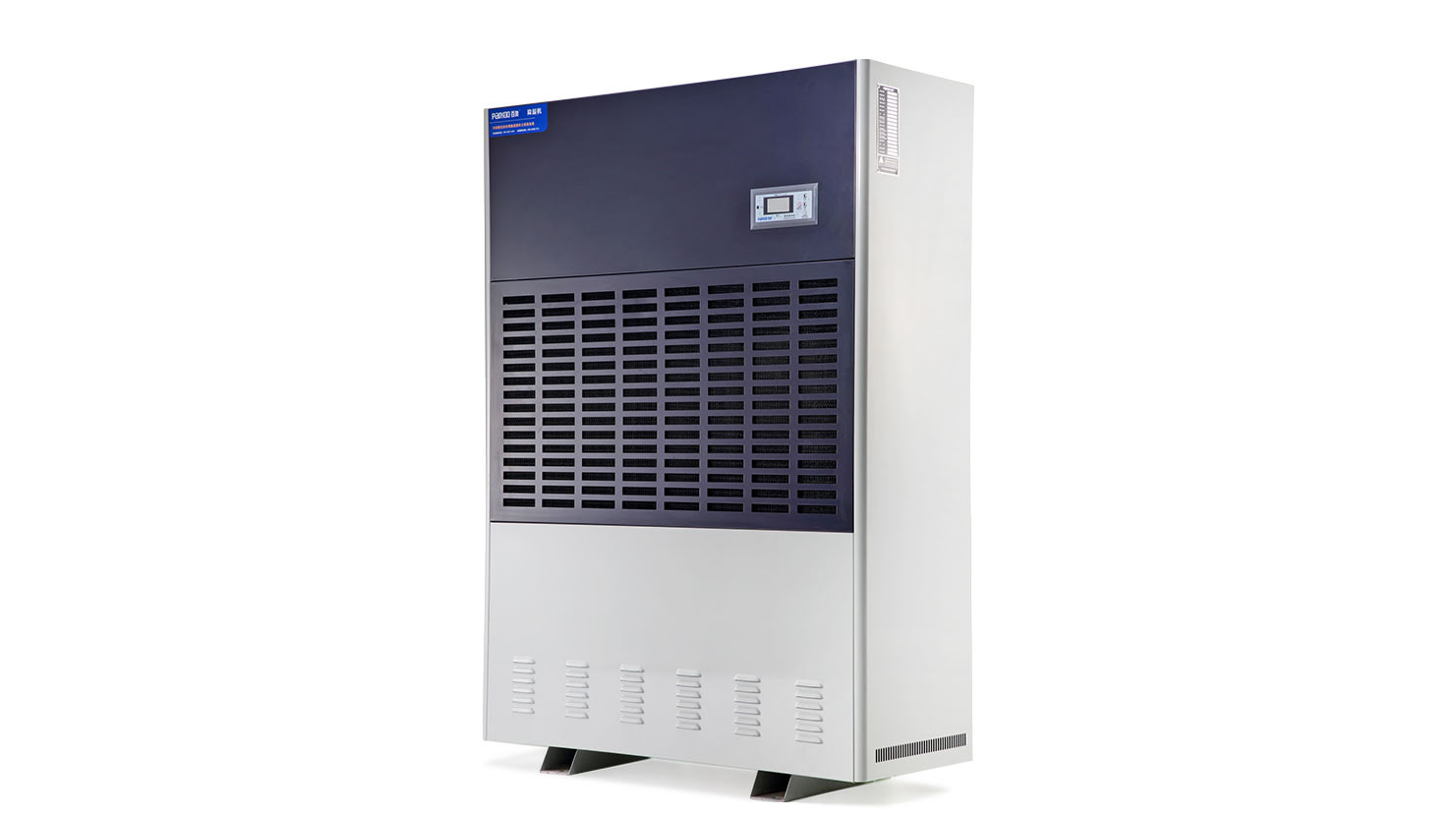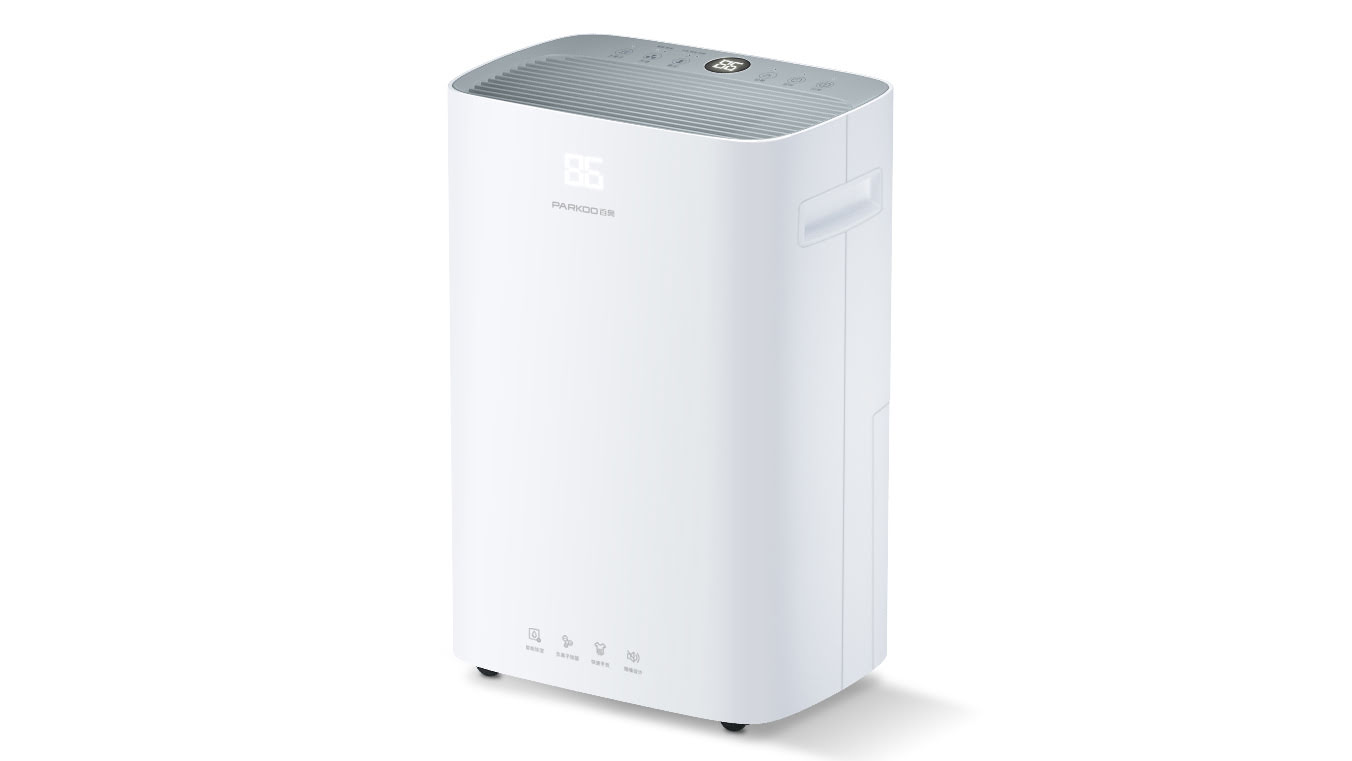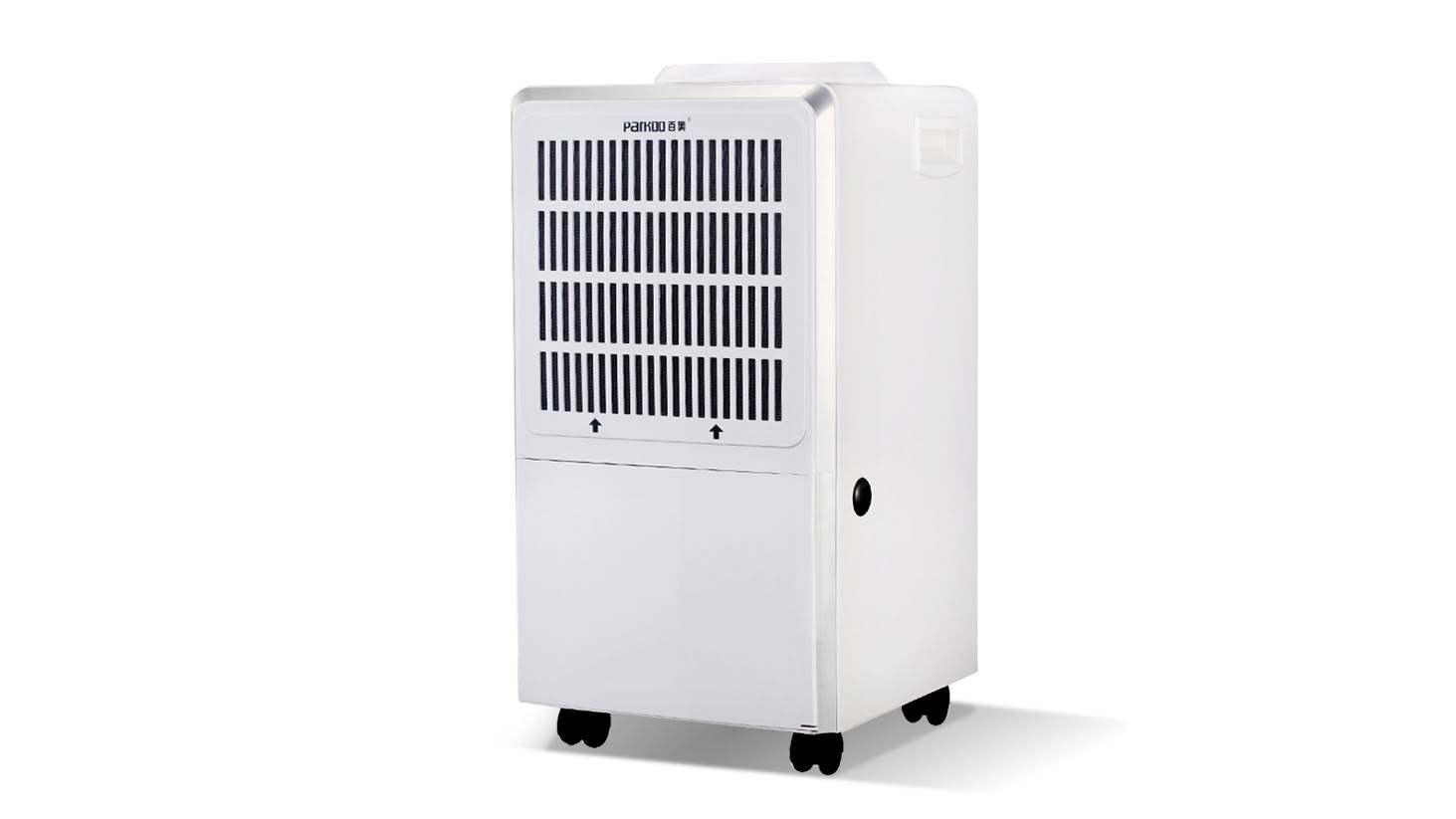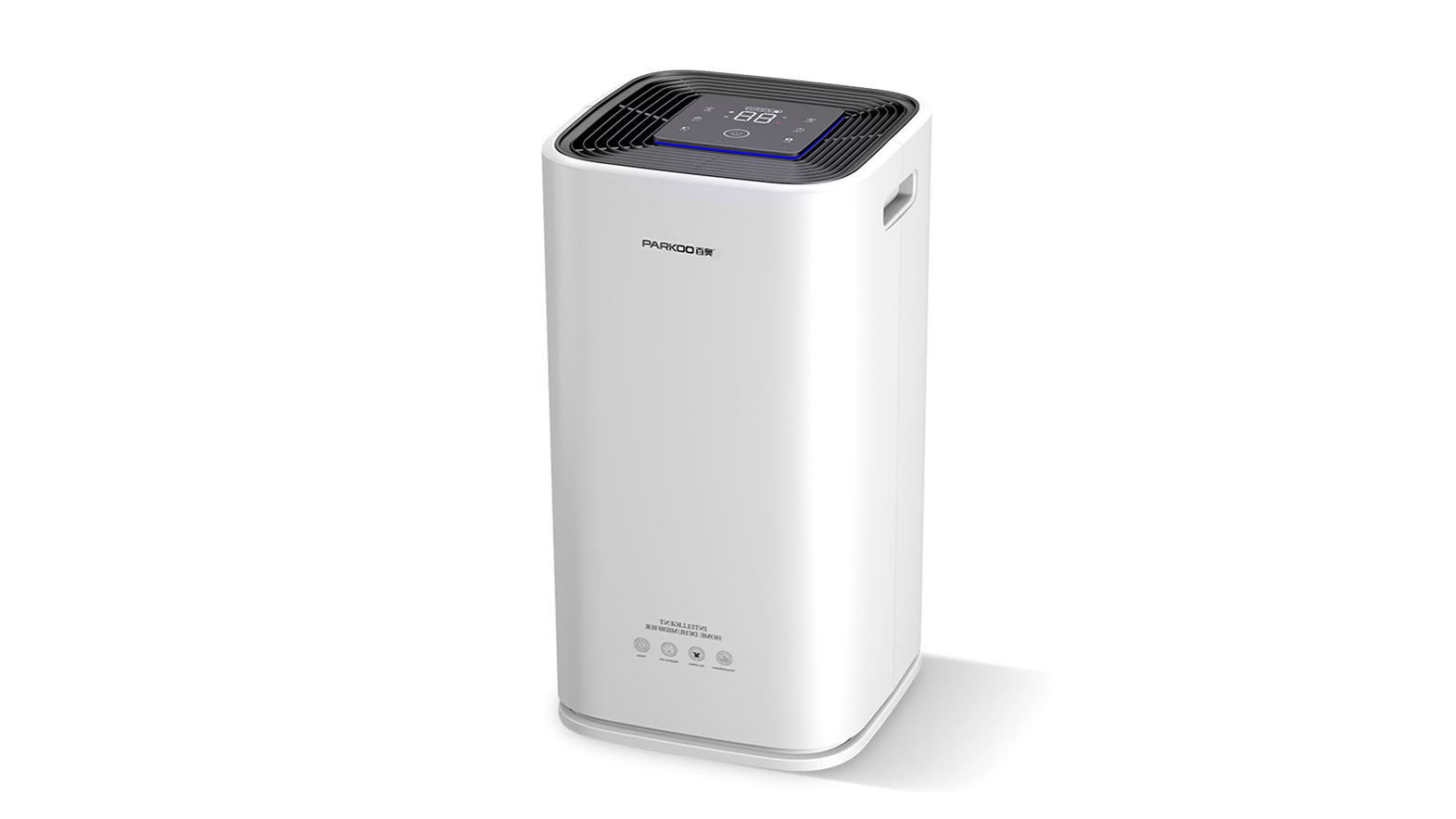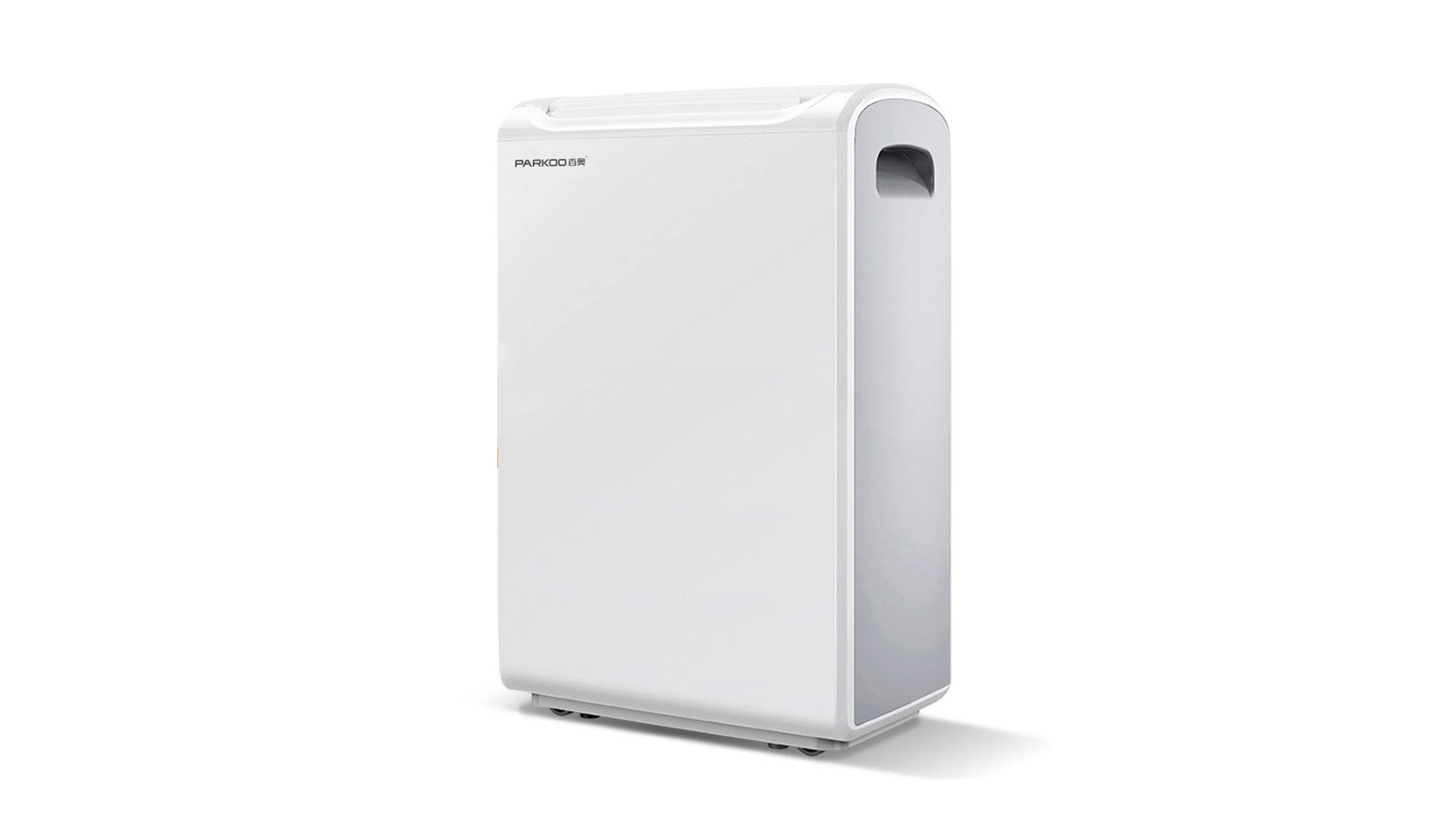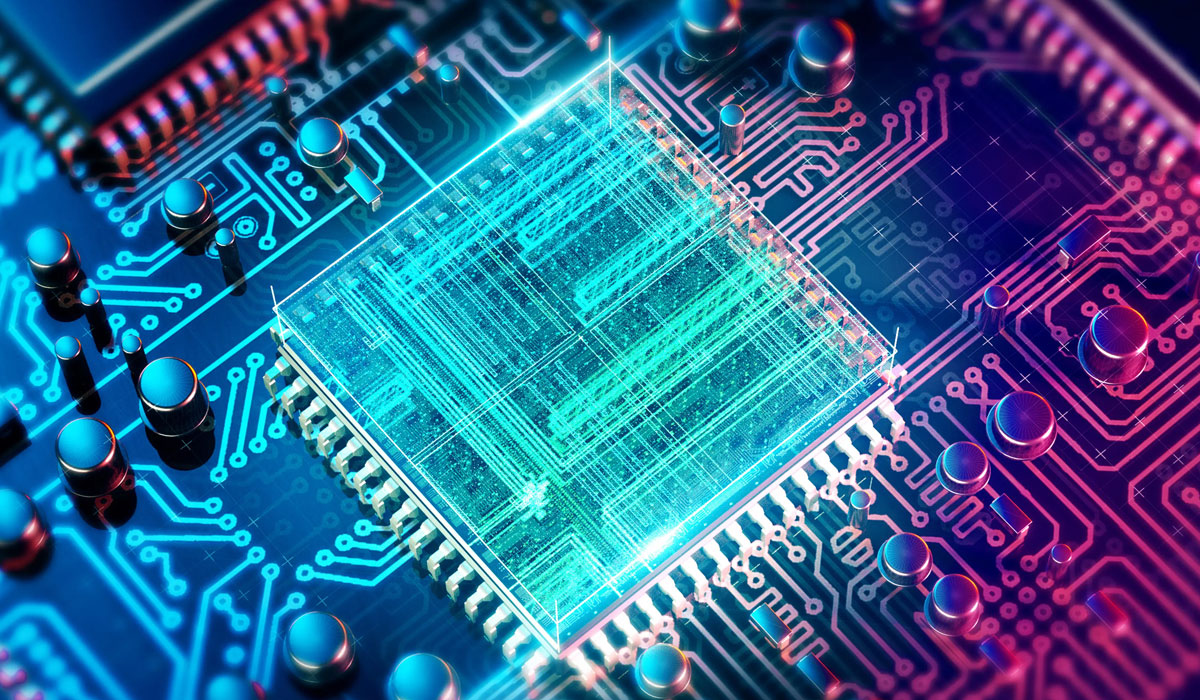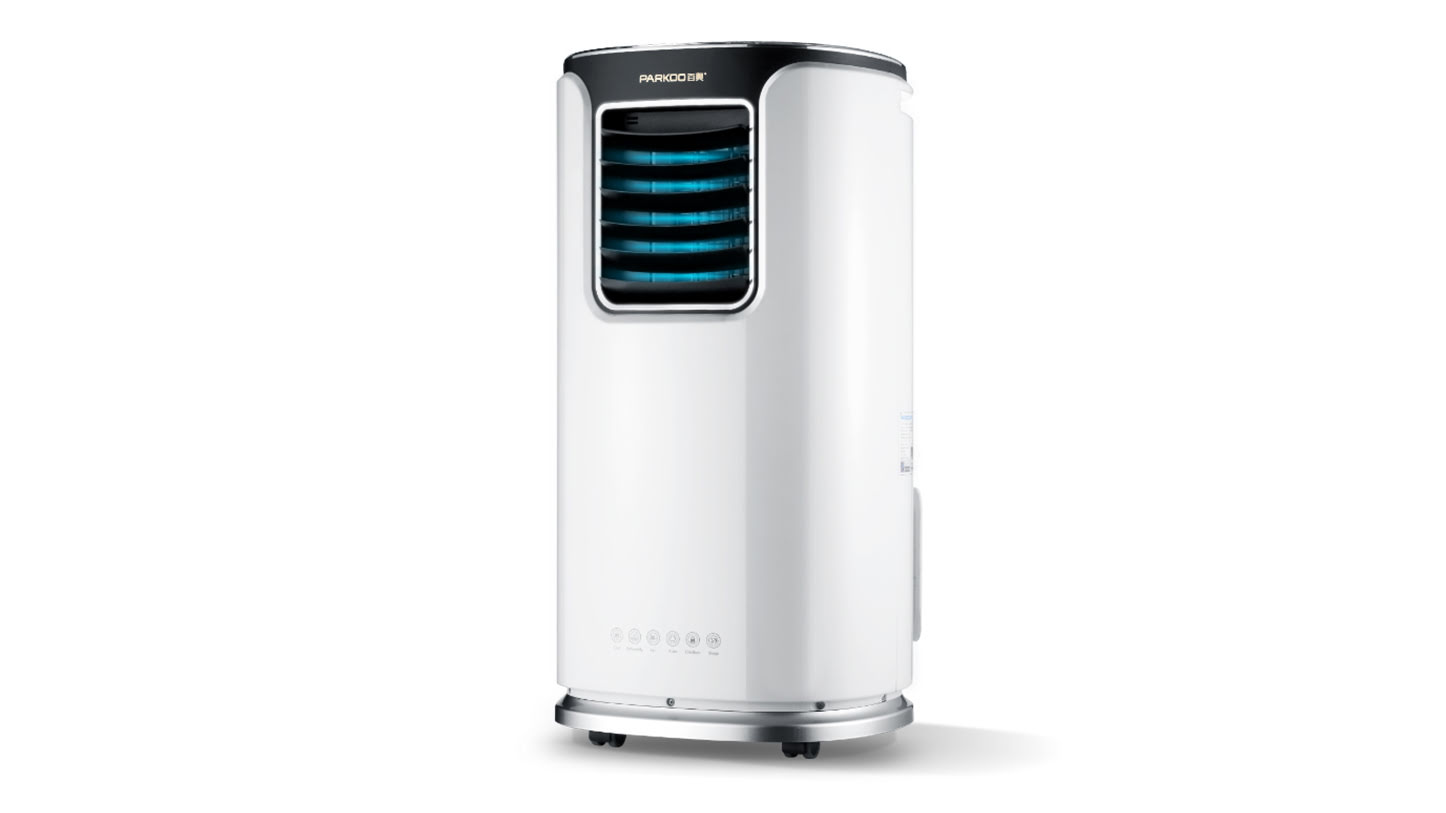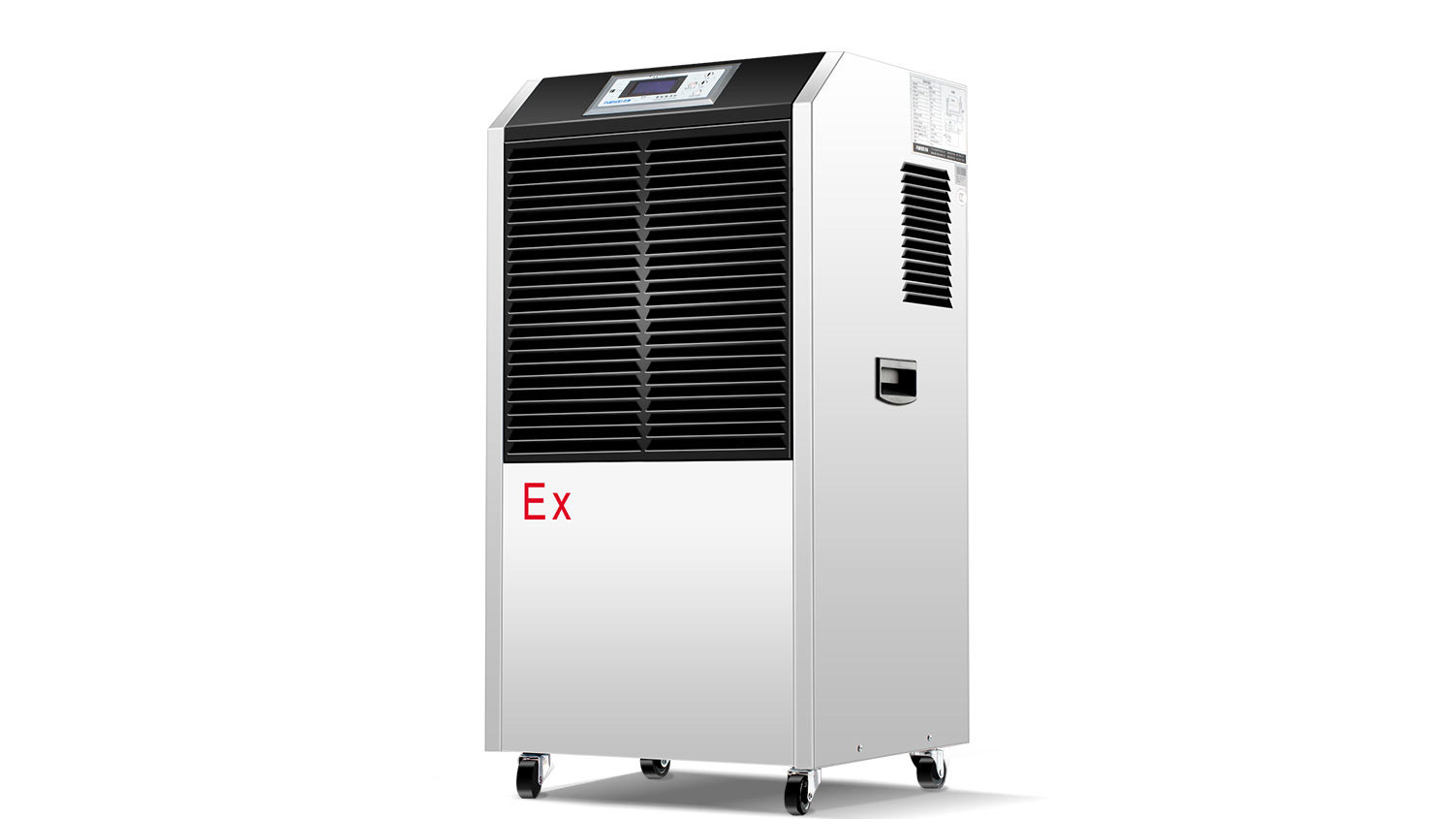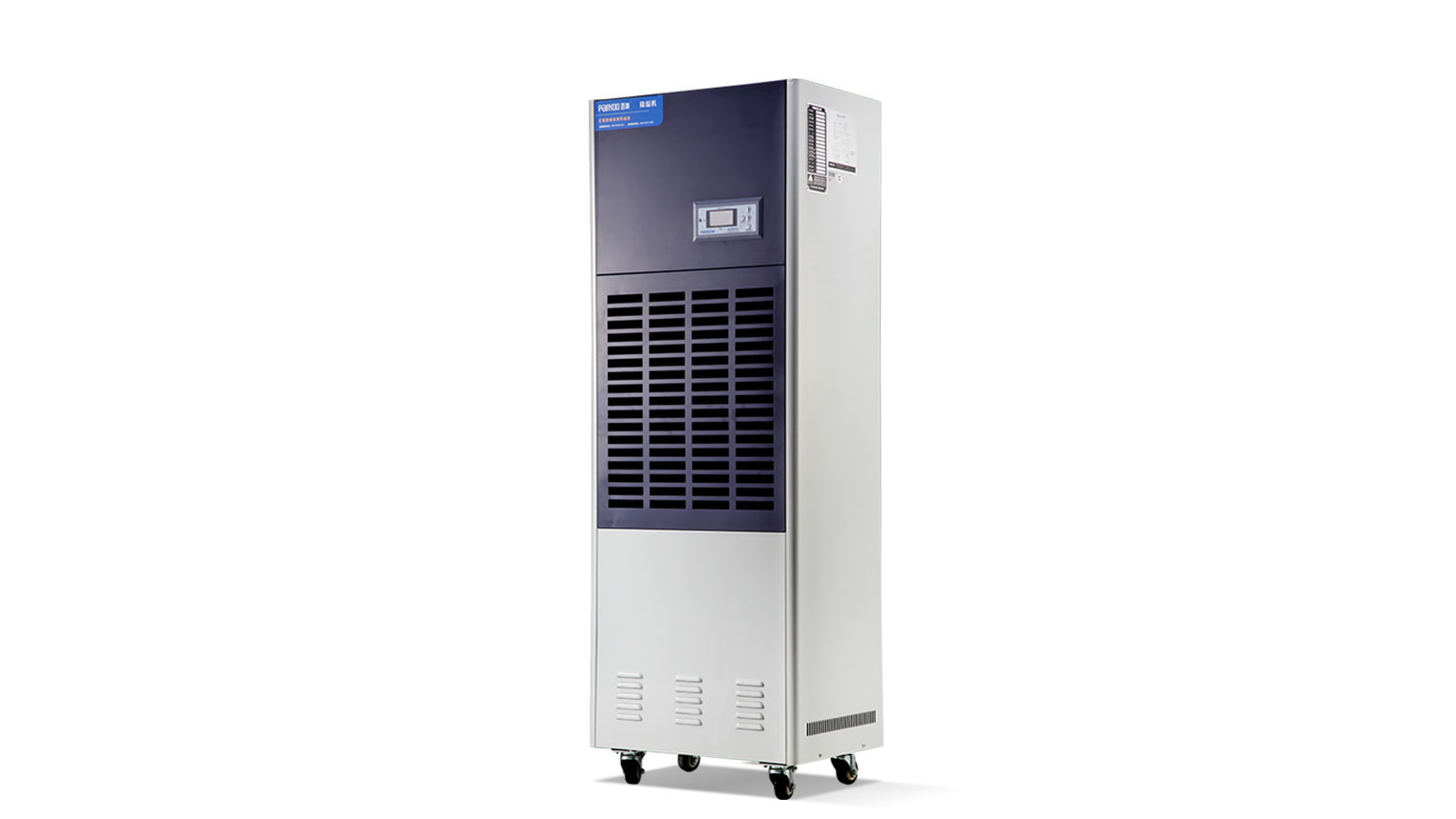A ceramic sanitary ware processing factory in Foshan, Guangdong Province mainly produces toiLet, bathtub, washbasin and other ceramic sanitary ware Products. Originally, they were all dried by natural air, but later they chose a coal-fired Hot air oven for drying
beCause the processing plant is close to the urban area, the Environmental protection depaRTment has inspected it for many times in Recent years, and it is recommended to make rectification. Considering the trouble of coal burning, high labor costs, and the hidden danger of fire, the plant has built a drying room with a length of 10 meters, a width of 10 meters, and a height of 2.5 meters. At the same time, a 10P PD80GS ceramic body desiccant dryer has been installed
It is understood that the initial Moisture content of ceramic embryo is generally 25-50%, and the embryo moisture is composed of equilibrium moisture and free moisture. Under certain air conditions, the drying limit is to make the embryo reach equilibrium moisture. The Balance water is a part of the combined water, and its amount depends on the temperature and relative huMidity of the drying medium. when the combined water is discharged, the embryo volume does not shrink, which is relatively safe. When the drying conditions are stable, the embryo surface temperature, water content, drying rate and time have a certain relationship
The drying of ceramic embryo is one of the most Important processes in ceramic production process, which not only affects the Quality and yield of ceramic products, but also affects the overall energy consumption of ceramic enterprises. According to statistics, the energy consumption in the drying process accounts for 15% of the total Industrial fuel consumption, while in the ceramic industry, the energy consumption for drying accounts for far more than that, so the energy conservation in the drying process is a major event related to the energy conservation of enterprises
Fast drying speed, energy saving, high quality and pollution-free of ceramics are the basic requirements of modern enterprises for drying technology. Drying refers to the process of disCharging moisture from wet embryo. The function of drying is to discharge most of the mechanically bound water contained in the embryo body and endow the embryo body with a certain drying strength at the same time, so that the embryo body can have a certain strength to meet the requirements of embryo repair, bonding, glazing and other processes, and avoid the energy loss caused by the large amount of water vaporization during firing
The factors affecting the drying shrinkage of embryo body mainly include the following aspects: the nature of clay in embryo body; Chemical composition of embryo body; Moisture content of material; The forming method of embryo body; The shape of the embryo. The drying technology of ceramic embryo generally adopts hot air drying technology. Its heat sources include natural gas, coal, Electric cooker, etc., with high energy consumption, unstable quality and potential safety hazards
The PD80GS ceramic body dehumidifier dryer and PARKOO series heating, drying and Dehumidifying integrated machine are used to dry the ceramic body. During the drying process, there is no emission of any pollutants, which realizes the accurate control of temperature and humidity. It can not only ensure the drying effect, but also has a fast drying speed and low cost. It is gradually welComed by the market
